Study, work or travel in the UK. British
culture and life.


A guide to the Houses of Parliament in Westminster,
London
|
|
Study, work or travel in the UK. British
culture and life.
|
|
||
|
|
|
|
||
 |
||||
 |
||||
|
A guide to the Houses of Parliament in Westminster,
London
|
||||
|
INTRODUCTION
|
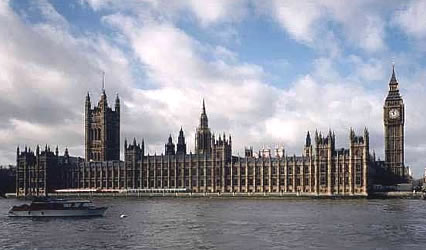 The Houses of Parliament (viewed from the south bank of the River Thames) |
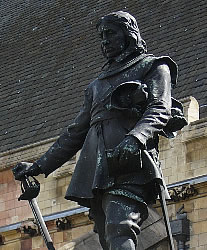 Statue of Oliver Cromwell (outside Westminster Hall) |
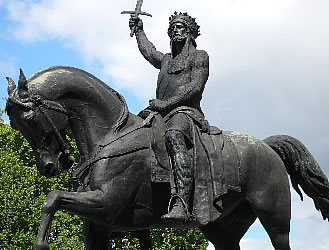 Statue of King Richard the First (near the Peers Entrance) |
 |
The
Houses of Parliament Author: Robert Wilson Publisher: Pitkin Guides Date: July 2006 |
 |
How
Parliament Works Authors: Robert Rogers, Rhodri Walters Publisher: Longman Date: July 2006 |
 |
The
Houses of Parliament: History, Art, Architecture Editors: Christine & Jacqueline Riding Publisher: Merrell Publishers Ltd Date: September 2000 |
 |
The
Story of Parliament in the Palace of Westminster Author: John Field Publisher: Politico's Publishing Ltd Date: May 2002 |
|
TOURS
|
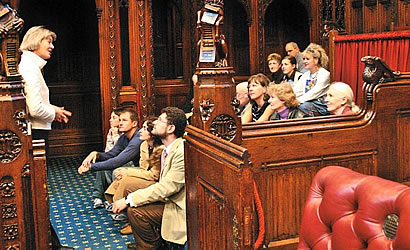 A guided tour group in the House of Lords |
|
VICTORIA TOWER
|
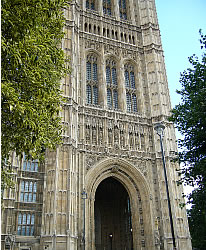 The Sovereign's Entrance at the bottom of Victoria Tower |
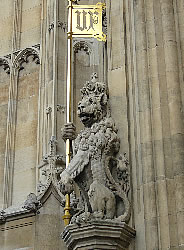 VR is short for the Latin name Victoria Regina ("Queen Victoria") |
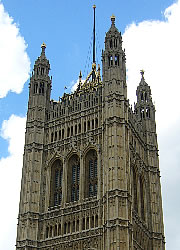 The Union Jack flag is flown daily from the top of Victoria Tower |
|
ROYAL ROBING ROOM
|
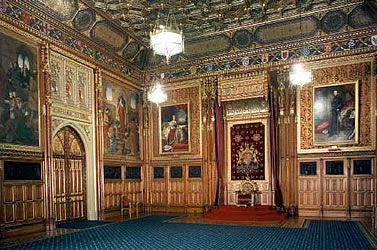 Royal Robing Room |
|
ROYAL GALLERY
|
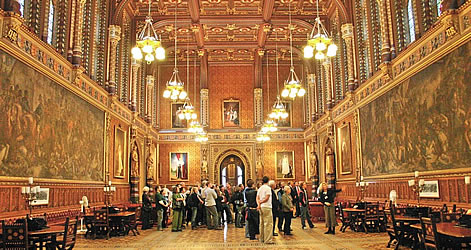 Royal Gallery |
|
PRINCE'S CHAMBER
|
|
HOUSE OF LORDS
|
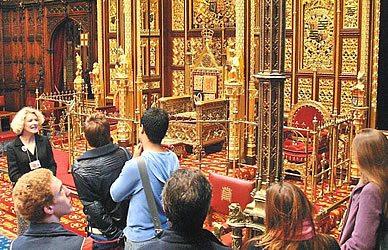 The throne in the House of Lords |
|
CENTRAL LOBBY
|
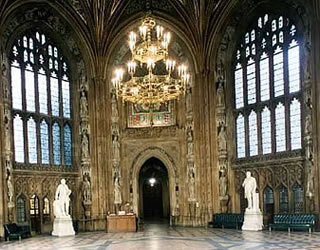 Central Lobby |
|
COMMONS LOBBY
|
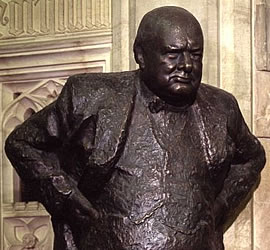 Statue of Winston Churchill in the Commons Lobby ... |
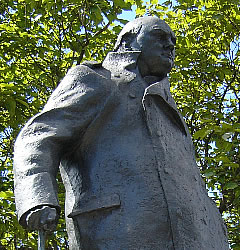 ... and outside in Parliament Square |
|
HOUSE OF COMMONS
|
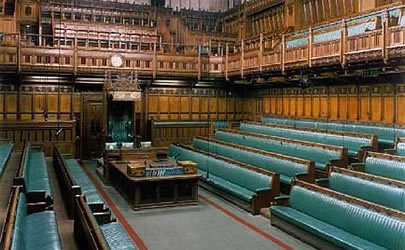 House of Commons |
|
ST STEPHEN'S HALL
|
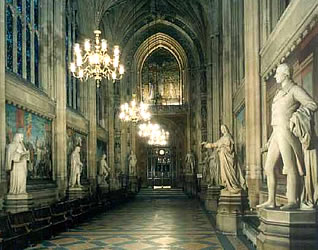 St Stephen's Hall |
|
WESTMINSTER HALL
|
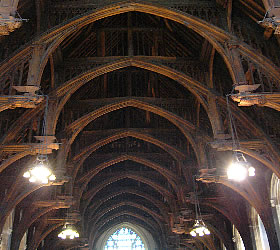 The medieval wooden ceiling of Westminster Hall (which survived the 1834 fire) |
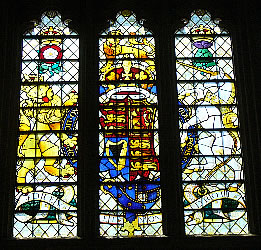 The windows were replaced after being damaged by bombs in World War Two |
 This brass plate on the floor of the hall commemorates the trial of William Wallace ... |
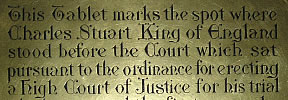 ... and this one shows where King Charles the First stood during his trial |
|
JEWEL TOWER
|
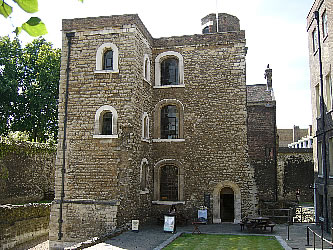 The Jewel Tower |
|
THE CLOCK TOWER & BIG BEN
|
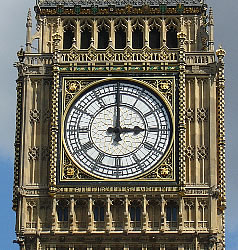 The chimes of Big Ben (the bell) can be heard over a wide area |
|
FURTHER INFORMATION
|
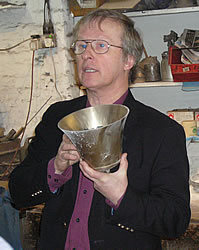 |
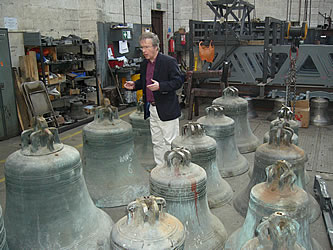 |
|
|
|